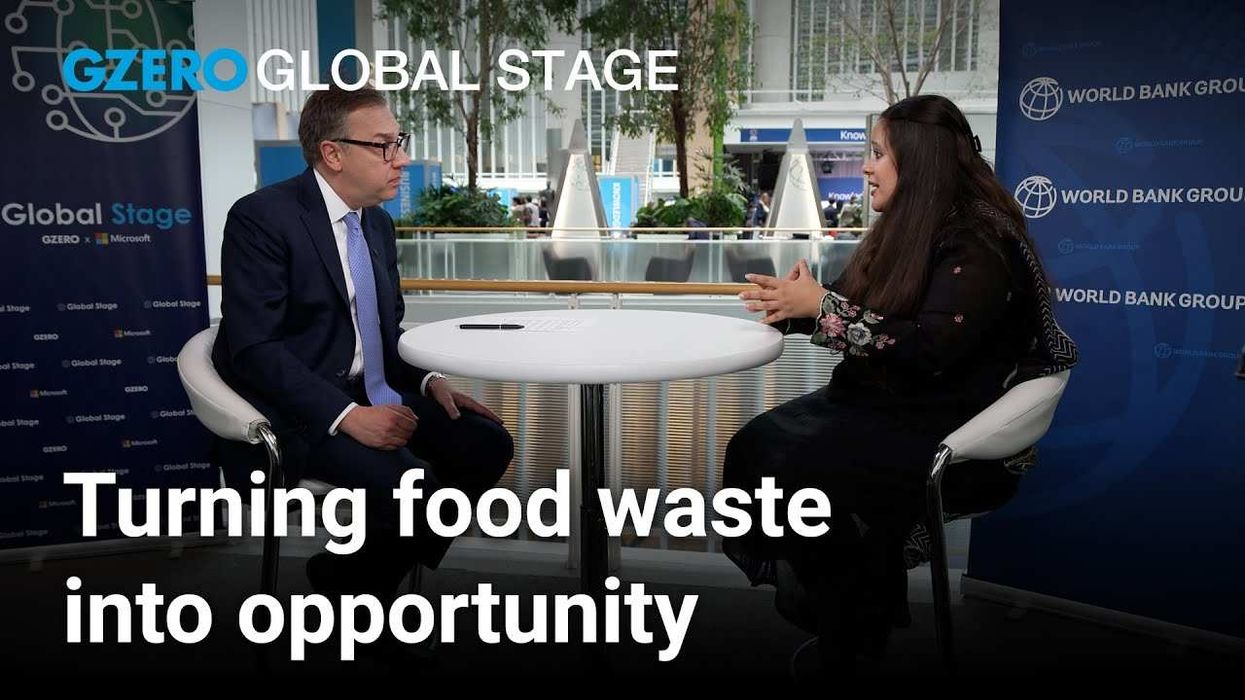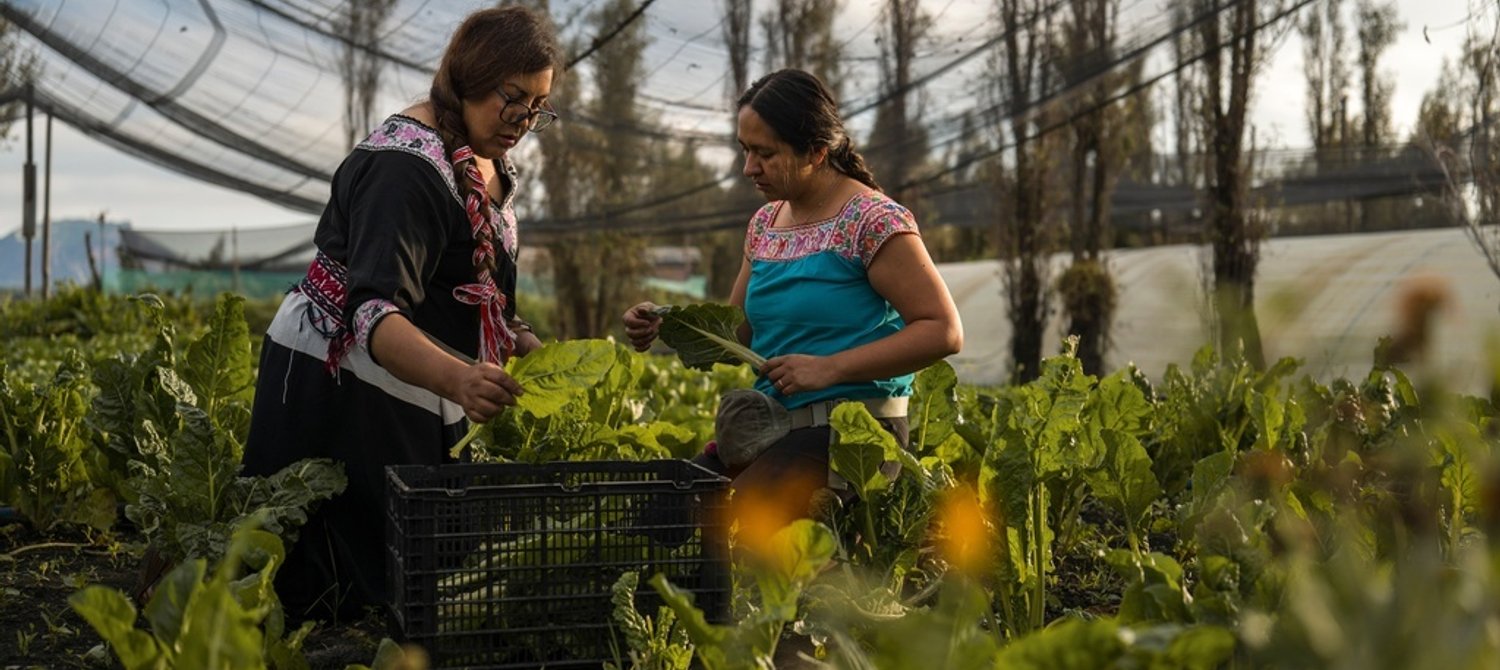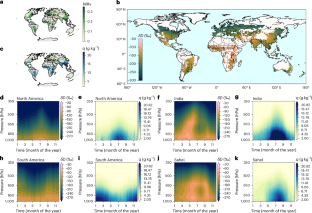Report on S4S Technologies’ Contribution to Sustainable Development Goals
Introduction
Social enterprise Science for Society Technologies (S4S), led by Nidhi Pant, is implementing a scalable model to address critical global challenges outlined in the Sustainable Development Goals (SDGs). By focusing on reducing post-harvest food loss and empowering women smallholder farmers, S4S directly contributes to goals concerning poverty, hunger, gender equality, and sustainable production. This report analyzes the organization’s impact, as detailed in an interview with Ms. Pant at the 2025 World Bank–IMF Annual Meetings.
Addressing Food Security and Sustainable Production (SDG 2 & SDG 12)
The Challenge of Post-Harvest Loss
The global food system faces significant pressure, with two key statistics highlighting the urgency for intervention:
- 80% of the world’s food is cultivated on small farms.
- Global food demand is projected to increase by 30% by the year 2050.
A major impediment to achieving SDG 2 (Zero Hunger) is post-harvest food loss, a problem valued at $14 billion in India alone. Nidhi Pant’s personal experience with a 50% loss of her family’s orange harvest underscores the infrastructural and technological gaps affecting small farmers.
S4S Technologies’ Intervention
S4S addresses this challenge by providing low-cost dehydrators to smallholder farmers. This technology enables the processing and preservation of surplus produce, directly tackling the issue of food waste. This intervention is a practical application of the principles of SDG 12 (Responsible Consumption and Production), specifically targeting the reduction of food losses along production and supply chains.
Empowering Women and Fostering Economic Growth (SDG 1, SDG 5 & SDG 8)
A Focus on Gender Equality
The S4S model is built upon women-centered financing and empowerment, making a direct contribution to SDG 5 (Gender Equality). The organization’s stated objectives for women farmers include:
- Empowerment through asset ownership.
- Creation of positive impacts on their physical well-being.
- Support in building a voice and agency within their communities.
Creating Sustainable Livelihoods
By converting surplus produce that would otherwise be lost into value-stable products, S4S creates new and stable income streams for farming families. This economic uplift is crucial for advancing SDG 1 (No Poverty) and SDG 8 (Decent Work and Economic Growth). The model transforms potential financial loss into a sustainable economic opportunity, fostering resilience among smallholder farmers.
Context and Partnerships for the Goals (SDG 17)
Dissemination and Collaboration
The discussion with Nidhi Pant was facilitated by the Global Stage series, a partnership between GZERO Media and Microsoft. This collaboration exemplifies SDG 17 (Partnerships for the Goals), which emphasizes the importance of multi-stakeholder partnerships to share knowledge, expertise, and technology to support the achievement of the SDGs. Convening at the World Bank–IMF Annual Meetings provides a high-level platform to discuss such scalable solutions for global development challenges.
1. Which SDGs are addressed or connected to the issues highlighted in the article?
The article highlights issues and solutions that are directly connected to several Sustainable Development Goals. The primary focus on reducing food waste, empowering women farmers, and improving income for smallholders touches upon goals related to hunger, gender equality, economic growth, and responsible production.
- SDG 2: Zero Hunger: The core issue is food loss, which directly impacts food security and the livelihoods of smallholder farmers who, as the article states, grow “80% of the world’s food.”
- SDG 5: Gender Equality: The initiative by S4S Technologies has a specific focus on empowering women farmers. The article explicitly mentions the goal is to “empower women with assets, create positive impact on their bodies, and help them build a voice in their communities.”
- SDG 8: Decent Work and Economic Growth: By turning surplus produce that would otherwise be wasted into a source of revenue, the project creates “stable income” and promotes economic productivity through technological solutions.
- SDG 12: Responsible Consumption and Production: The article’s central theme is tackling the “$14 billion problem of food loss in India” by reducing “massive post-harvest losses,” which is a key component of sustainable production patterns.
2. What specific targets under those SDGs can be identified based on the article’s content?
Based on the solutions and impacts described in the article, several specific SDG targets can be identified:
SDG 2: Zero Hunger
- Target 2.3: By 2030, double the agricultural productivity and incomes of small-scale food producers, in particular women. The article directly addresses this by describing how S4S helps smallholder farmers, with a focus on women, process their produce to create “stable income” from what was previously lost.
SDG 5: Gender Equality
- Target 5.a: Undertake reforms to give women equal rights to economic resources, as well as access to ownership and control over… financial services. The article mentions S4S uses “women-centered financing models” and aims to “empower women with assets,” which directly aligns with this target.
- Target 5.5: Ensure women’s full and effective participation and equal opportunities for leadership. The goal to help women “build a voice in their communities” supports this target by promoting their social and community-level participation.
SDG 8: Decent Work and Economic Growth
- Target 8.2: Achieve higher levels of economic productivity through… technological upgrading and innovation. The introduction of “low-cost dehydrators” is a clear example of using engineering and technology to solve a problem and increase economic productivity by adding value to surplus produce.
SDG 12: Responsible Consumption and Production
- Target 12.3: By 2030, halve per capita global food waste… and reduce food losses along production and supply chains, including post-harvest losses. The entire initiative is built around this target, aiming to solve the problem of “massive post-harvest losses,” exemplified by the “50% of their orange harvest” that was lost.
3. Are there any indicators mentioned or implied in the article that can be used to measure progress towards the identified targets?
The article implies several quantitative and qualitative indicators that could be used to measure progress:
Indicators for SDG 2 & 8
- Increase in farmer income: The creation of “stable income” is a direct outcome. Progress could be measured by tracking the change in income for the women farmers participating in the program.
- Value of food loss prevented: The article quantifies the problem as a “$14 billion problem of food loss in India.” An indicator would be the monetary value of the food saved and processed by the S4S technology.
Indicators for SDG 5
- Number of women with access to assets and financing: The use of “low-cost dehydrators” and “women-centered financing models” allows for tracking how many women have gained assets and accessed financial services through the program.
- Women’s participation in community decisions: While harder to quantify, the goal to help women “build a voice in their communities” implies a qualitative indicator related to their increased participation and influence in local matters.
Indicators for SDG 12
- Percentage reduction in post-harvest losses: The article provides a baseline example of a “50% of their orange harvest” being lost. A key indicator would be the measured reduction in this percentage for farmers using the dehydrators. This directly measures progress against Target 12.3.
4. Create a table with three columns titled ‘SDGs, Targets and Indicators” to present the findings from analyzing the article.
| SDGs | Targets | Indicators (Mentioned or Implied in the Article) |
|---|---|---|
| SDG 2: Zero Hunger | 2.3: Double the agricultural productivity and incomes of small-scale food producers, in particular women. | Increase in “stable income” for women farmers. |
| SDG 5: Gender Equality | 5.a: Give women equal rights to economic resources and access to financial services.
5.5: Ensure women’s full and effective participation and equal opportunities for leadership. |
Number of women empowered with “assets” (dehydrators). Number of women accessing “women-centered financing models.” Qualitative measure of women’s ability to “build a voice in their communities.” |
| SDG 8: Decent Work and Economic Growth | 8.2: Achieve higher levels of economic productivity through technological upgrading and innovation. | Adoption rate of “low-cost dehydrators” among smallholder farmers. |
| SDG 12: Responsible Consumption and Production | 12.3: Halve food waste and reduce food losses along production and supply chains, including post-harvest losses. | Percentage reduction in post-harvest losses from baselines like the “50% of their orange harvest” mentioned. Monetary value of food loss prevented (against the “$14 billion problem”). |
Source: gzeromedia.com







